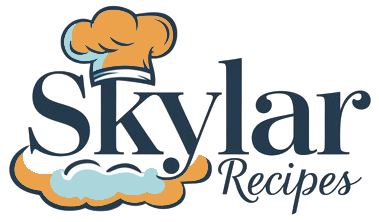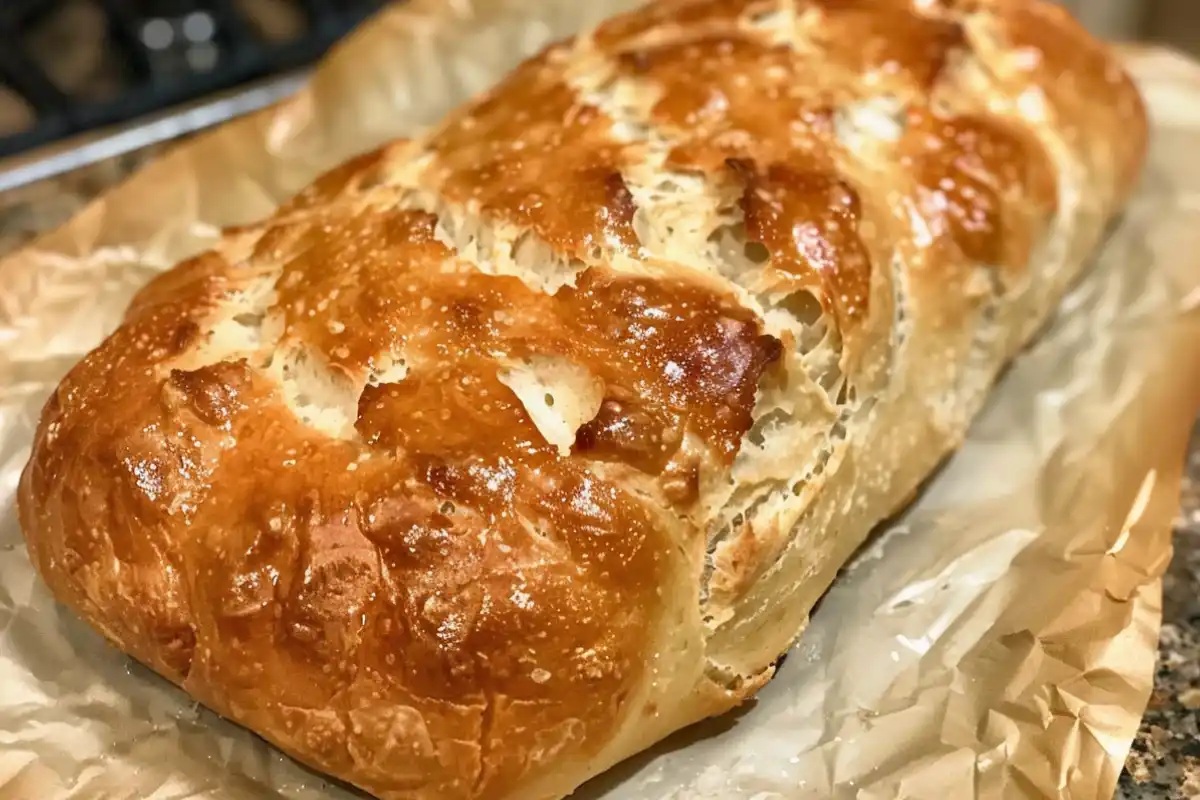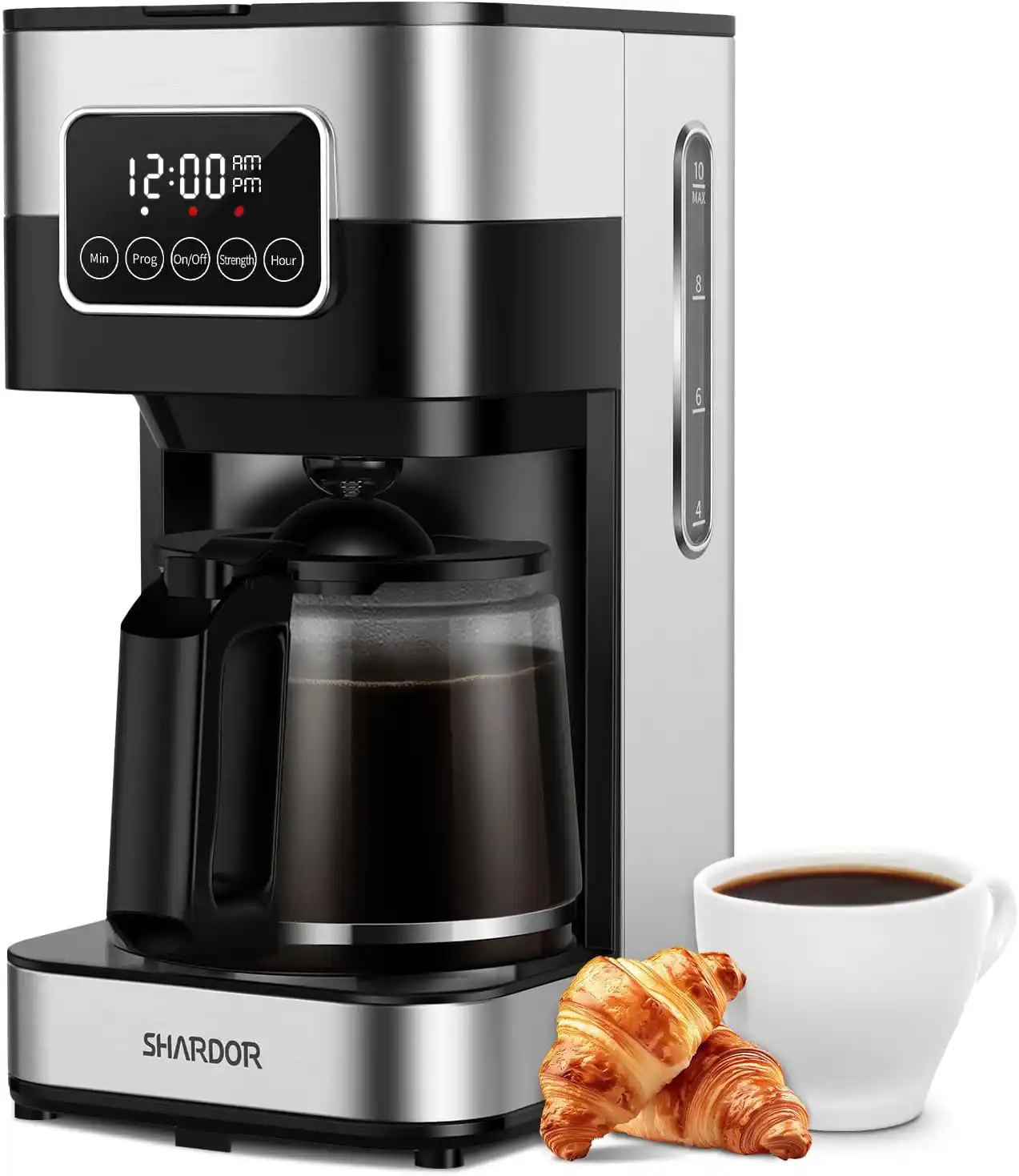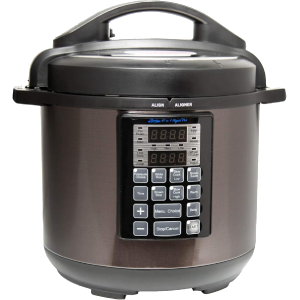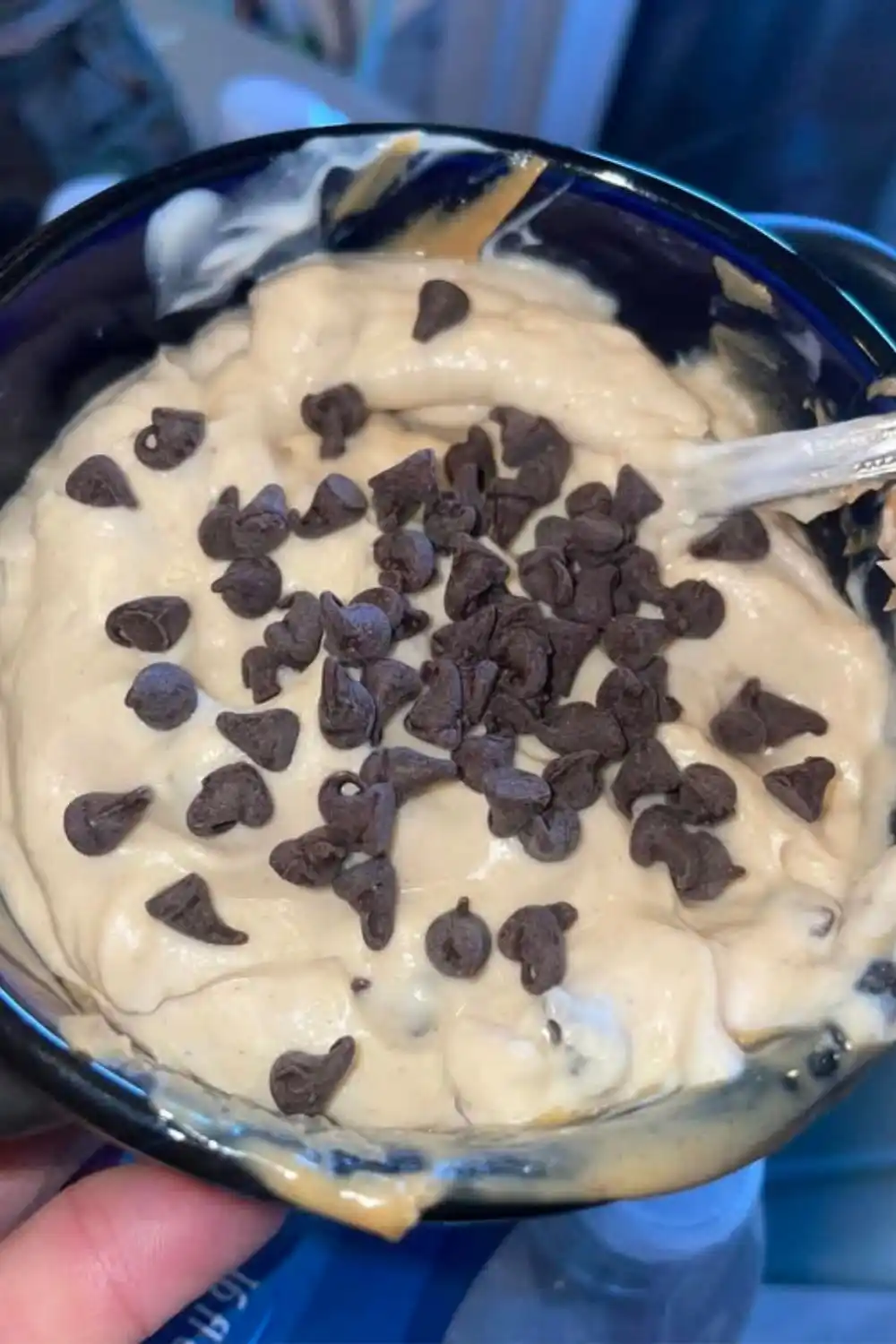This cottage cheese bread recipe is a tasty and nutritious alternative to classic bread, delivering a moist, rich texture packed with protein. In this comprehensive guide, you’ll discover how to make cottage cheese bread from scratch, with easy-to-follow steps, expert advice, and creative variations. Whether you’re an experienced baker or a beginner, this recipe is sure to become a favorite in your kitchen.
Ingredients for Cottage Cheese Bread Recipe
Essential Ingredients
To make the perfect loaf of cottage cheese bread, you’ll need the following ingredients:
- 3 cups of all-purpose flour (or whole wheat for a healthier option)
- 1 cup of cottage cheese (full-fat or low-fat, depending on your preference)
- 1 tablespoon active dry yeast (or instant yeast)
- ½ cup milk (can substitute with water)
- 2 large eggs (room temperature)
- ¼ cup melted butter (or olive oil)
- 2 tablespoons sugar (to activate yeast)
- 1 teaspoon salt (enhances flavor)
Optional Add-ins
Feel free to personalize your bread with some of these add-ins:
- Fresh herbs: rosemary, thyme, dill
- Seeds: sunflower, flax, or chia seeds for extra texture
- Garlic powder or onion powder for a savory flavor

Kitchen Equipment You’ll Need
Before you start baking, ensure you have the following tools:
- Mixing bowls (for combining wet and dry ingredients)
- Stand mixer (optional, but makes kneading easier)
- Dough scraper (to handle the dough)
- Loaf pan (for shaping the bread)
- Measuring cups and spoons
- Wooden spoon or whisk
- Oven thermometer (to ensure the correct baking temperature)
Step-by-Step Guide to Making Cottage Cheese Bread Recipe
Step 1: Preparing the Ingredients
To start, ensure all your ingredients are properly measured. Bring the cottage cheese and eggs to room temperature before using, as this will help them incorporate more smoothly into the dough. If using active dry yeast, proof it in warm milk (or water) with a pinch of sugar for about 5-10 minutes, until foamy.
Step 2: Mixing the Dough
In a large bowl, combine the wet ingredients: cottage cheese, milk, eggs, and melted butter. Mix well until smooth. Gradually add the flour, salt, and yeast (if using instant yeast, add it directly). Mix with a wooden spoon or in a stand mixer until a rough dough forms.
Step 3: Kneading the Dough
Knead the dough by hand for about 8-10 minutes, or use a stand mixer with the dough hook for about 5-6 minutes. The dough should be soft, elastic, and slightly sticky. If the dough is too sticky, add a little more flour, but be cautious not to over-flour the dough, as this can make the bread dense.
Step 4: First Rise (Fermentation)
Place the dough in a greased bowl and cover it with a clean towel or plastic wrap. Let the dough rise in a warm, draft-free area for about 1-1.5 hours, or until it doubles in size.
Step 5: Shaping the Loaf
Once the dough has risen, gently punch it down to release any air bubbles. Transfer it to a floured surface and shape it into a loaf. You can either use a loaf pan for a traditional shape or form it into a round boule for a more rustic appearance.
Step 6: Second Rise (Proofing)
Place the shaped dough into a greased loaf pan (or on a baking sheet, if free-form). Cover it again and let it rise for 30-45 minutes until it has puffed up slightly. The second rise will give the bread its light, airy texture.
Step 7: Baking the Bread
Preheat your oven to 375°F (190°C). Once preheated, bake the bread for 30-35 minutes, or until it has a golden-brown crust. Use an oven thermometer to ensure an accurate temperature. You can check if the bread is done by tapping the bottom of the loaf—if it sounds hollow, it’s ready. Alternatively, use a thermometer to check that the internal temperature has reached 190°F (88°C).
Step 8: Cooling and Slicing the Bread
Once baked, remove the bread from the oven and let it cool in the pan for 10 minutes. Then, transfer it to a wire rack to cool completely. Avoid slicing the bread while it’s still hot, as this can result in a gummy texture. Allow it to cool fully before slicing into it.

Expert Tips for Perfect Cottage Cheese Bread Recipe
- Choosing the Right Cottage Cheese: Full-fat cottage cheese gives a richer flavor and softer texture, while low-fat will yield a lighter loaf. For a smoother texture, blend the cottage cheese before adding it to the dough.
- Yeast Troubleshooting: Ensure your yeast is fresh by proofing it in warm water with a pinch of sugar. If it doesn’t foam after 10 minutes, your yeast may be expired.
- Adjusting for Different Flours: If you prefer whole wheat flour, substitute 1 cup of all-purpose flour with whole wheat. You can also experiment with gluten-free flour mixes, but this may require additional rising time.
- Making the Bread Ahead: You can prepare the dough ahead of time and store it in the fridge overnight for a slow rise. Alternatively, freeze the shaped dough and bake it later.
Variations of Cottage Cheese Bread Recipe
Herb and Garlic Cottage Cheese Bread
For a more savory version, add 1 tablespoon of minced garlic and 2 tablespoons of fresh herbs like rosemary or thyme to the dough. This variation pairs perfectly with soups or stews.
Whole Wheat Cottage Cheese Bread
To make this bread healthier, replace half the all-purpose flour with whole wheat flour. This adds more fiber and nutrients, although the texture will be slightly denser.
Cottage Cheese and Seed Bread
For extra crunch, add ¼ cup of mixed seeds (such as sunflower, flax, or sesame) to the dough. This not only adds texture but also boosts the nutritional value of the bread.
How to Serve Cottage Cheese Bread Recipe ?
This bread is incredibly versatile. Here are some serving suggestions:
- Toasted with butter or jam for a simple breakfast or snack.
- Alongside soups or stews, as its hearty texture soaks up liquids well.
- As sandwich bread, particularly for savory options like grilled cheese or ham and cheese sandwiches.
Health Benefits of Cottage Cheese Bread Recipe
High-Protein Bread
Thanks to the addition of cottage cheese, this bread is significantly higher in protein compared to regular bread. Cottage cheese contains approximately 11g of protein per 100g, making it an excellent option for those looking to increase their protein intake.
Low-Sugar and Nutrient-Rich
This bread contains minimal sugar, making it a great option for people watching their sugar intake. Cottage cheese is also rich in calcium, B vitamins, and other essential nutrients, adding to the bread’s overall health benefits.
Storing and Freezing Cottage Cheese Bread Recipe
To keep your bread fresh:
- At room temperature: Store in a bread box or sealed plastic bag for up to 3 days.
- In the fridge: Wrap tightly and refrigerate for up to a week.
- Freezing: For longer storage, freeze slices or the whole loaf. Wrap the bread tightly in plastic wrap and aluminum foil, or place in a freezer-safe bag. It will keep for up to 3 months. To thaw, let it sit at room temperature or toast slices directly from frozen.

Common Mistakes to Avoid When Making Cottage Cheese Bread
Too Wet or Too Dry Dough
- The dough should be soft but not sticky. If it’s too wet, add more flour one tablespoon at a time. If too dry, add a small amount of milk.
Not Kneading Long Enough
- Proper kneading is essential for gluten development. If under-kneaded, your bread will be dense and heavy. Aim for at least 8 minutes of kneading by hand or 5 minutes with a mixer.
Incorrect Rising Times
- Rising time depends on room temperature. If the dough hasn’t doubled in size after the first rise, let it sit longer. Be patient and avoid rushing this step.
Baking at the Wrong Temperature
- Always preheat your oven and use an oven thermometer to ensure an accurate temperature. Baking at the wrong temperature can lead to undercooked or overly dry bread.
FAQs About Cottage Cheese Bread Recipe
Yes, you can substitute ricotta cheese or cream cheese for cottage cheese. However, these substitutions may alter the texture slightly.
Yes, you can use baking powder or baking soda as a leavening agent. However, the texture will be more like quick bread than yeast bread.
All-purpose flour works best, but you can also use whole wheat flour for a heartier loaf. For gluten-free versions, use a gluten-free all-purpose flour blend.
The bread is done when it reaches an internal temperature of 190°F (88°C). You can also tap the bottom of the loaf—if it sounds hollow, it’s ready.
Yes! Simply add the ingredients to your bread machine in the order recommended by the manufacturer. Use the “dough” setting for mixing and rising, then bake it in the oven or use the machine’s baking function.
Conclusion
Cottage cheese bread is a delicious, protein-packed alternative to traditional bread, offering a rich, moist texture and a unique flavor. With this guide, you now have all the tools to bake your own cottage cheese bread at home, customize it to your liking, and avoid common mistakes. Happy baking!
Print
Cottage Cheese Bread Recipe Fluffy and Easy
- Total Time: 1 hour
Description
This soft and fluffy cottage cheese bread is one of the easy bread recipes for beginners, requiring minimal ingredients and effort. It’s perfect for sandwiches, toast, or enjoying on its own!
Ingredients
- 2 cups (250g) all-purpose flour
- 1 cup (225g) cottage cheese
- 1/4 cup (60ml) milk
- 1/4 cup (60ml) vegetable oil or melted butter
- 1 tablespoon sugar
- 1 teaspoon salt
- 1 teaspoon baking powder
- 1/2 teaspoon baking soda
- Optional: Sesame seeds or herbs for topping
Instructions
- Preheat the oven: Preheat your oven to 350°F (180°C). Grease a loaf pan or line it with parchment paper.
- Mix dry ingredients: In a large bowl, whisk together the flour, sugar, salt, baking powder, and baking soda.
- Combine wet ingredients: In a separate bowl, mix the cottage cheese, milk, and oil (or melted butter) until well combined.
- Combine wet and dry ingredients: Gradually add the wet mixture to the dry ingredients, stirring until a dough forms. Do not overmix.
- Shape the dough: Transfer the dough to the prepared loaf pan and smooth the top. Sprinkle with sesame seeds or herbs if desired.
- Bake: Bake in the preheated oven for 35–40 minutes, or until the top is golden brown and a toothpick inserted into the center comes out clean.
- Cool and serve: Let the bread cool in the pan for 10 minutes, then transfer it to a wire rack to cool completely before slicing.
Notes
- This recipe is high in protein and low in fat, making it a healthy alternative to traditional bread.
- It uses simple ingredients like cottage cheese, flour, eggs, and baking powder, and is easy to prepare.
- The bread is versatile and can be customized with herbs, spices, or sweet add-ins like honey or dried fruits.
- Prep Time: 20 minutes
- Cook Time: 40 minutes
- Category: Breakfast
- Cuisine: Americans
Nutrition
- Serving Size: 12 slices (1 loaf)
- Calories: 167 kcal
- Sugar: 1g
- Fat: 1g
- Saturated Fat: 0g
- Unsaturated Fat: Not specified
- Carbohydrates: 30g
- Fiber: 1g
- Protein: 8g
- Cholesterol: 2mg
Keywords: easy bread recipes for beginners
